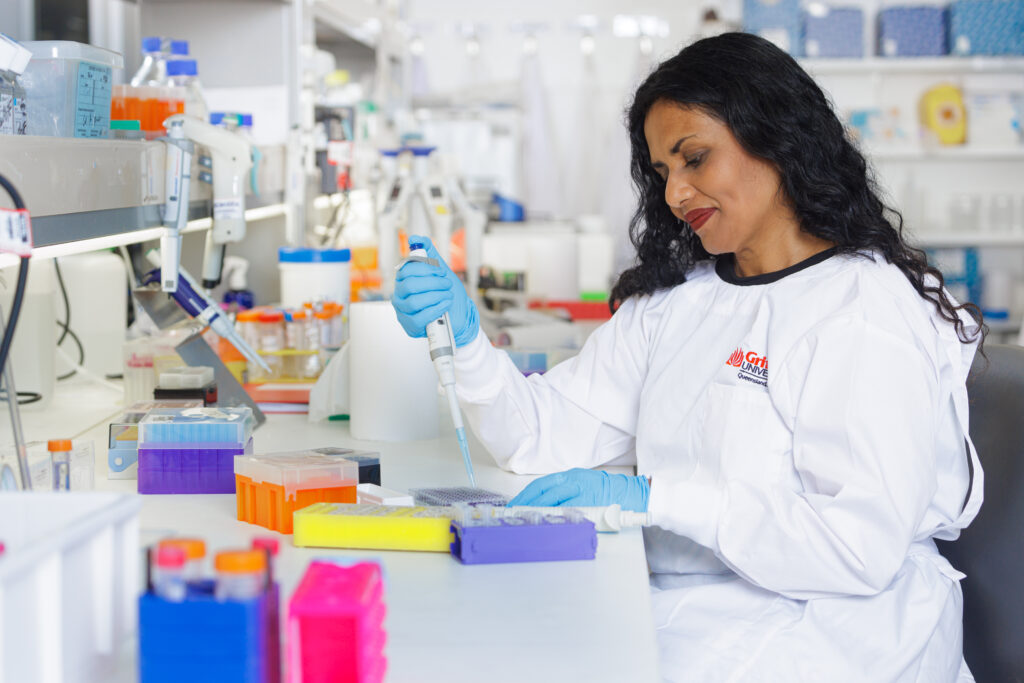Salivary biomarkers could be the way forward in diagnosing liver fibrosis thanks to a partnership between Griffith University and Gallipoli Medical Research (GMR).
Liver fibrosis is a condition characterised by the excessive accumulation of scar tissue which replaces normal liver tissue and disrupts the organ's structure and function.
The condition can lead to more severe liver damage culminating in cirrhosis which can cause significant complications such as liver failure, portal hypertension, and an increased risk of liver cancer.
Liver fibrosis is like a tsunami, with its incidence rate significantly higher in individuals over the age of 50 years.

Griffith University researcher Professor Chamindie Punyadeera is leading the salivary biomarker research, along with Professor Darrell Crawford from GMR, and said the current diagnosis method is a liver biopsy which is both invasive and painful, and cannot be repeated frequently.
"Coupled with the biopsy, diagnosis also entails using a combination of imaging techniques and blood tests, which have their own advantages and limitations," Professor Punyadeera said.
"We anticipate the use of salivary biomarkers can overcome these limitations for a variety of reasons, and provide significant benefits in the diagnosis of a serious disease.
"It can be used for early diagnosis, used to monitor progression of the diseases routinely, is non-invasive so is less painful and can be repeated multiple times even in people living in rural and regional communities where the disease burden is high, and is expected to be more affordable."
Professor Darrell Crawford, from GMR believes that we need to change our approach to the diagnosis of liver fibrosis given the huge global prevalence of fatty liver disease. He said, "An accurate and easily administered point of care test that identifies those patients at risk of more advanced liver fibrosis would be a major step forward in the fight against the surging incidence of cirrhosis and liver cancer."
"GMR are delighted to partner with GU and US Ochsner Clinic Foundation on this innovative, world class diagnostic test for liver fibrosis. The potential if this trials succeeds would be ground breaking for global access and cost effective for health outcomes and improving lives", said GMR CEO Miriam Kent.
The study will evaluate the novel biomarkers identified in a cohort of 250 patients, provided by collaborator Ochsner Clinic Foundation in the US, and then compare the data with hepatic histology in patients and position the use of these biomarkers as a potential saliva-based test for liver fibrosis.
Griffith Enterprise, Griffith University's technology transfer office, is interested in discussing the technology with industry partners who could take it to the market to provide quick, efficient and affordable ways to diagnose a serious disease.







